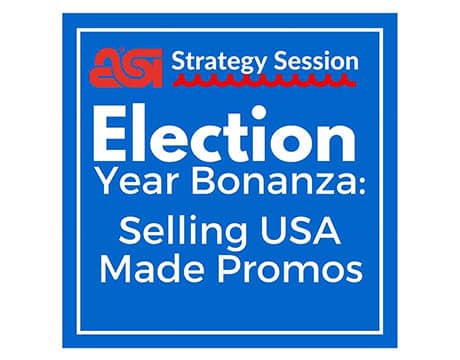
This podcast can be heard on ASI Radio Strategy Sessions
Andy: Welcome to the Strategy Session Podcast, where ASI’s editors provide tips and tactics to help promotional product professionals improve their businesses. In every episode we go one-on-one with a business strategy expert to gather winning insights. The conversations are sure to be insightful and entertaining. This week on the strategy session podcast, I welcome David Bronson from Unionwear, which specializes in Made in the USA items. How are you today, David?
David: I’m doing well, sir, how are you?
Andy: Great. So, we’re going to talk about Made in the USA items and the increased interest in that. So, are you seeing more buyers looking to purchase items that are made domestically?
David: Oh yes, we have seen a surge, not just in interest but in actual orders. We’re helping dozens of new markets and industries co-brand with the most valuable brand in the world—Made in the USA. When we look at what’s driving sales, it’s not patriotism, it’s more strong convictions about issues that domestic manufacturing solves. Social compliance, for example. When someone buys an American-made product, he or she knows the workers who made the actual product are regulated by the same labor, safety and environmental regulations that the buyer benefits from. A lot of companies market their own products as Made in the USA, and they want premiums that are also Made in the USA so they send a consistent message.
Andy: So, as far as what’s driving the trend, you just talked about social compliance. Is that something that’s different today from maybe five years ago? Are people more interested in the issue of social compliance than they were before?
David: Yes. And it’s not just social compliance. We’re the only union cap company in the country, so they know that our workers have been vetted, if you will. The prices of imports have risen steadily by 20 to 25 percent for almost the past five years, while domestic pricing has remained flat. So while Made in the USA is not yet as competitive with imports, the premium paid for Made in the USA keeps decreasing. A lot more customers are willing to pay a premium for social compliance and consistent messaging.
Andy: What else is driving the trend? What other factors are leading the surge in Made in the USA orders?
David: Distributors ask me questions about the total cost of ownership. Importing products has a lot of hidden cost—there are high minimums, pre-payments, inventory, duties, taxes, shipping from overseas, sampling, travel, even in-factory inspections. We ask distributors to look at their client base to see if they have any clients that could appreciate co-branding with a Made in the USA label. We’ve seen a lot of renewed interest in baseball caps because of the Presidential campaigns—the baseball caps such as the ubiquitous “Make America Great Again” cap. And we all know who that is…
Andy: Right.
David: It’s a top item for political campaigns. Bags are popular, too, because they don’t require as much labor relative to materials as other products. But really, when you think about the hat, they can still wear that visibly in jacket weather. Candidates and supporters can wear that even though they’re wearing a suit at a rally or any kind of event, and it’s highly visible, because it’s on their head. We’re getting a lot of that increased business.
Andy: All right, how can distributors capitalize on this surge in interest in Made in the USA products?
David: I think distributors need to look at who they know or who they’re doing business with that might really care about Made in the USA. We keep hearing that there could be eight billion dollars spent on political campaigns over the next year. That’s the largest number that we’ve ever seen in this country. The battle is on, and it’s really been heating up, and for promotional items, they have to buy Made in the USA.
The traditional markets that we’ve had are Made in the USA for political or legal reasons. The Department of Defense buys these items for recruiting. Labor unions and government agencies…
Andy: Sure. Outside of government entities or political campaigns, what other buyers are most interested in items that are made in America? What markets should distributors try to target with these types of products?
David: The people that really are promoting themselves as Made in the USA or socially responsible include manufacturers like Lincoln, tech companies like Google, green companies like Whole Foods, non-profits like American Legion. We’ve grown what we call the small batch customization market the past year, where distributors want something turned around quickly, without large quantities or timing. Someone like Google has a need for it, and we have found a way to meet that need. They needed to be at a certain price, and we tweaked it a little bit.
One of the things at which we’re really strong is re-engineering products so that the Made in the USA label can work and be competitive. It’s our niche. It’s the one misconception that everyone has: “Oh, everything’s less expensive in China.” It doesn’t have to be. We can change a handle on a bag, take out a pocket or make it an inch different. We know how to make it work with our production department.
The distributors really get it, and they want something custom that is Made in the USA. We can say, what’s your budget? If they tell me they can spend $2500 for this giveaway or $40,000 for a bag that’s going to be at a place like Whole Foods, whatever it may be, we work backwards. We ask for the budget so we know what fabric to use; we know how much time it’s going to take, and we put that into the equation and come up with a costing, then share it with the distributor. Really, we’re an extension of their sales and marketing team, working with them from the ground up and building a product to hit their budget.
Andy: So what was Google looking for? Why were they so interested in purchasing Made in the USA items?
David: Google has a big push for it, which we love to see. A couple of the distributors that work with them, one in particular, just said they want to have as much made in the USA as they can for a program that they’re running. Sometimes people who want Made in the USA don’t always live up to billing on it, because they may get some sticker shock on some items.
Andy: Right.
David: But then we have certain items where we say, “Wait a second! If we’re within 5 to 15 percent of the cost, why wouldn’t you buy Made in the USA?” Think about the global impact, the carbon footprint when we’re making it here. We’re not shipping it from a port overseas, bringing it all the way over here and then cutting, embroidering, or finishing. Maybe the customer doesn’t have a Made in the USA or union requirement, but they just want something that’s totally custom. We’re doing dye-sublimation now, and we embroider flat panel; we can do things in embroidery so wide, so high, that a hoop can’t handle it. We’re growing with the times for those distributors that really care about something creative.
A lot of the people who care about Made in the USA like to say, “Wait a second, you actually do this here?” Yes, we’ve been here for 23 years. We’re right outside of Manhattan by about 12 miles. It’s pretty cool!
Andy: Very good. Let me bring the conversation back to price. You touched on it a little bit. Price does tend to be the big objection when it comes to purchasing Made in the USA items. So, I’m gathering that this isn’t the objection that it once was, but how should distributors overcome that objection if they’re still receiving it in the market?
David: It really is on a project-by-project basis. As I mentioned earlier, we re-engineer products to fit a budget so that Made in the USA can be competitive. There’s a misconception that, because wages are lower in China, the price is always lower. Imports actually have a much higher overhead than domestic goods. They have the inspections; suppliers have to deal with the language issues. We redesign a product so it’s much less labor-intensive than the same product coming from overseas. Eyelets on a hat, for instance… Adding them is time-intensive and increases the cost. Eliminate the eyelets, and you’ve saved 60 cents a hat. And if it’s a mesh-back hat, what are the eyelets needed for?
Goods made in China are usually designed with extra labor to save on materials. We do the opposite here. We want to save on labor and make it a better, leaner way. Our clients seem to be willing to spend just a little bit more for that Made in the USA label, especially when they see the quality of the product.
Andy: But ultimately you’re seeing the price differential coming together a little bit; the difference is not as stark as it once was?
David: Yes, it’s been about a 20 to 25 percent increase in the price of products being imported over the last five years, but domestic pricing has remained the same.
Andy: All right, I want to go back to the Presidential election a little bit. Obviously that’s big in the news right now and will be for the next year. Do you foresee that the impact of that marketing power trickling down to the local elections that will take place over the next year, as well?
David: That is one of the things that we’re revving up for, Andy, especially when we talk about the baseball caps. That’s where the marketing funds are being spent on this election. Candidates like Donald Trump have already shown in filing that they’ve spent more money on hats and shirts than on any other line items.
A number of candidates have been publicly called out for selling products that were imported. They’re self-correcting, and we’re seeing a lot of that increase. Some of our competitors aren’t making Made in the USA anymore because the costs have gone up. We’ve stayed the same, and when you look at the baseball cap as just one item, it is the ideal item, because sizing isn’t an issue, either. Wherever you go, you can wear it. It’s all about getting the candidate’s name out there and creating a bond between the wearer of the hat and the candidate. And what’s better than a hat? You’re not going to see a t-shirt if they have a jacket over it. That’s still a popular item, but we’re hitting winter now. The hat is like a walking billboard.
Andy: So, I’m guessing that you’re kind of doing back-flips every time that Donald Trump shows up in his hat, huh?
David: People say, “Why do you have this hat?” and “Why do you have that hat?” We try to explain to them that we’re a Made in the USA factory; we’re not taking any political stance. We’re a promotional product manufacturer, one of the few that actually makes something. We’re not just importing it and putting a logo on it. Whoever wants to buy these products, especially for a political campaign, and they need them to be made in USA, we’re open arms for.
Andy: There you go, David Bronson, the man who will make a hat for anybody.
David: Well, I don’t know if we’d say anybody yet… But in most cases, yes, we’ll do it.
Andy: All right, David. Thanks very much for joining me today on the strategy session podcast! We really appreciate your time.
David: Thank you very much for your time, and I hope to see you at the next show, Andy.
Andy: Sounds good, we’ll speak to you soon. This has been the latest episode of ASI’s Strategy Session podcast. To listen to all of our podcasts, go to www.asicentral.com/podcast.

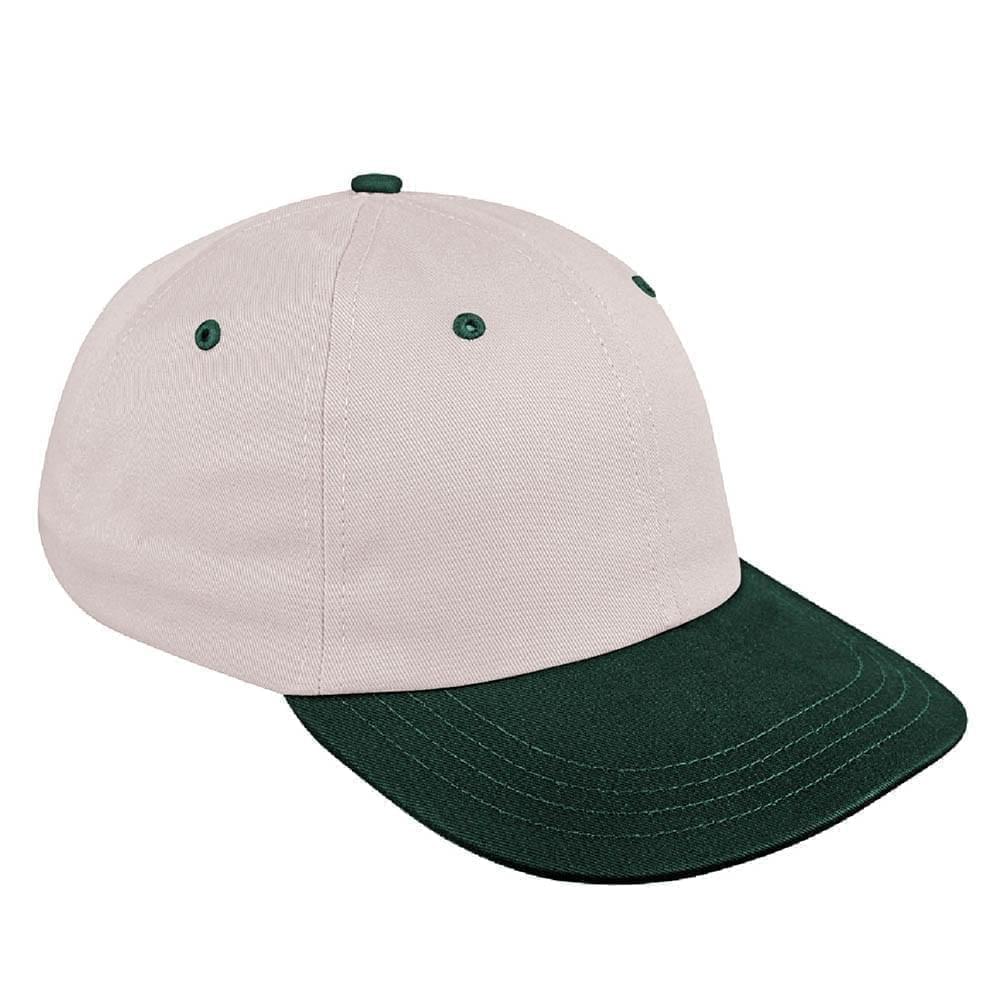 Dad Caps
Dad Caps
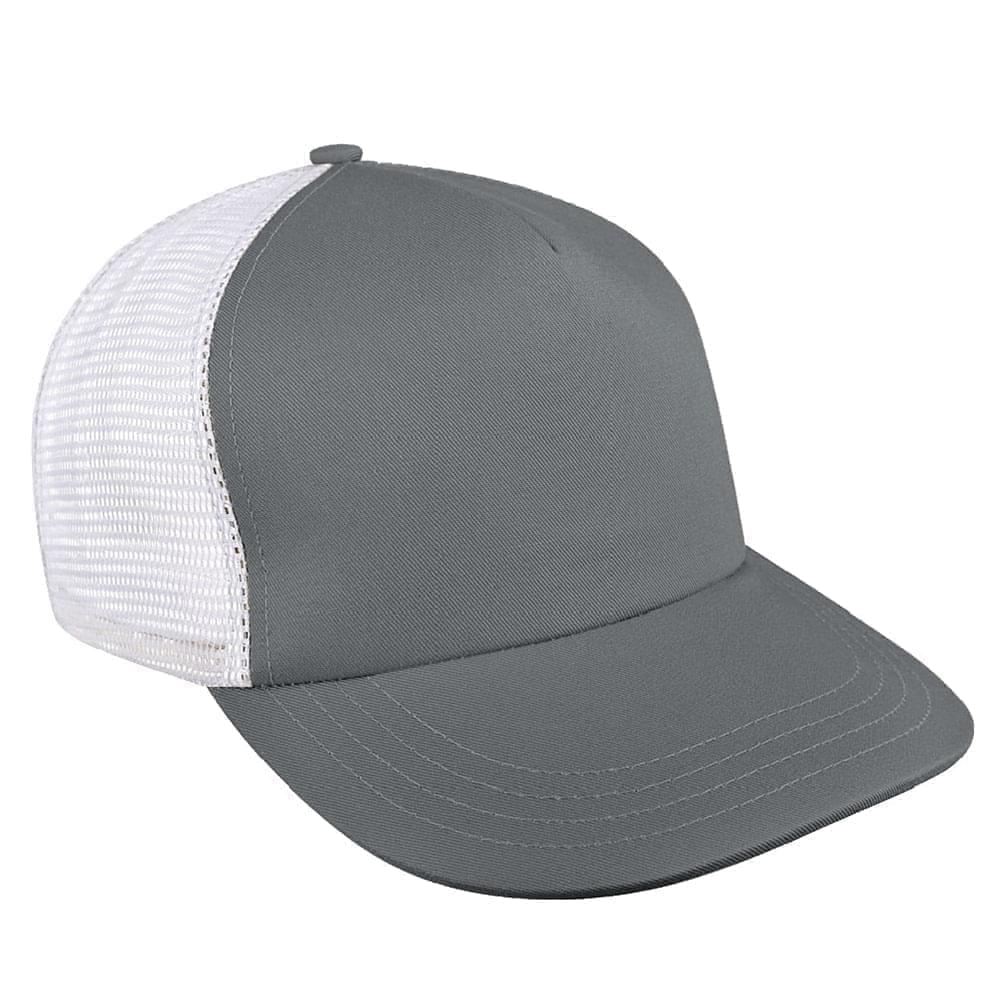 Five Panel Hats
Five Panel Hats
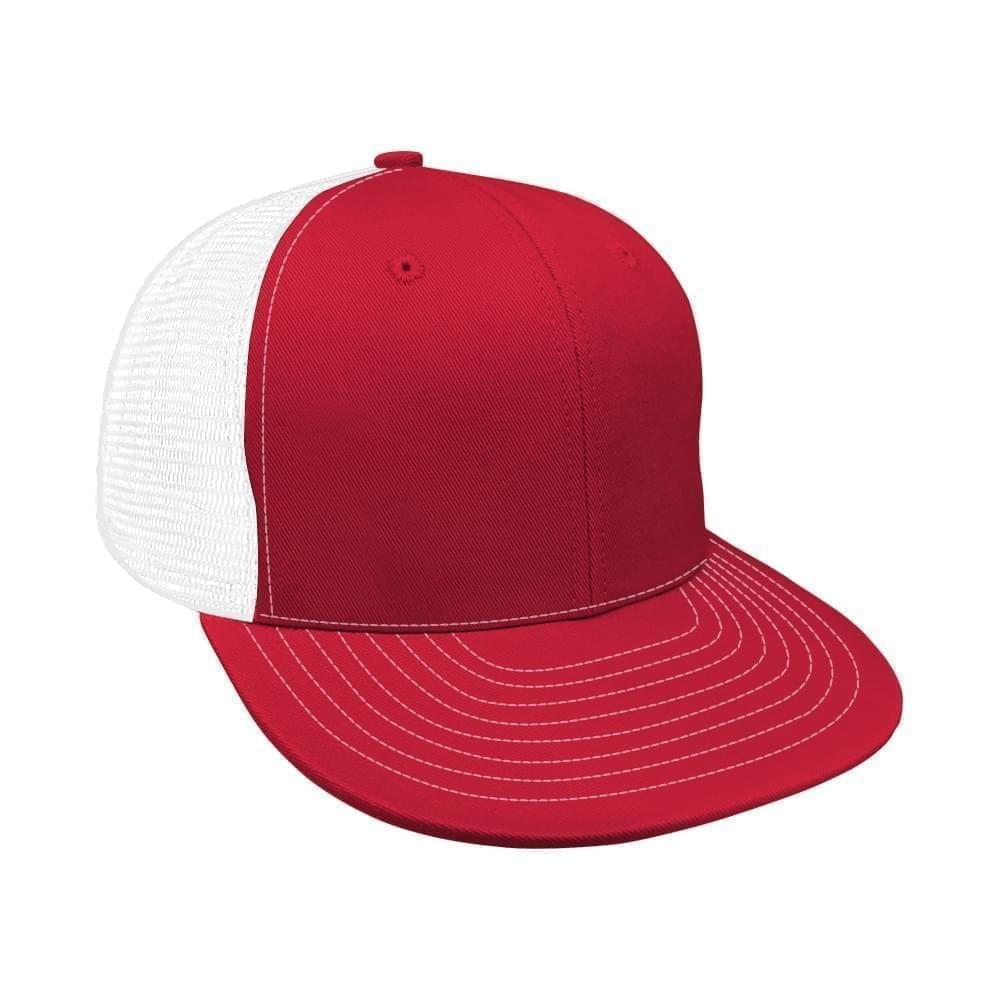 Mesh Back Hats
Mesh Back Hats
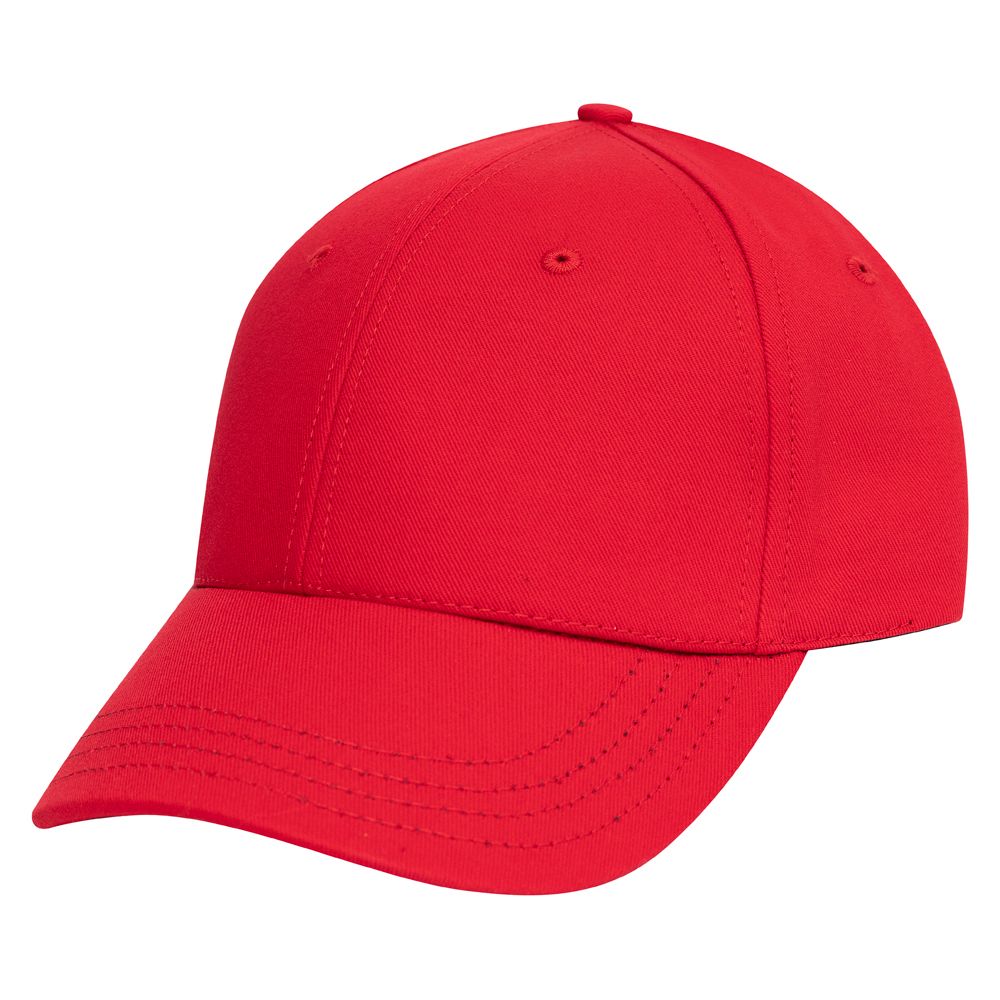 In Stock Blanks
In Stock Blanks
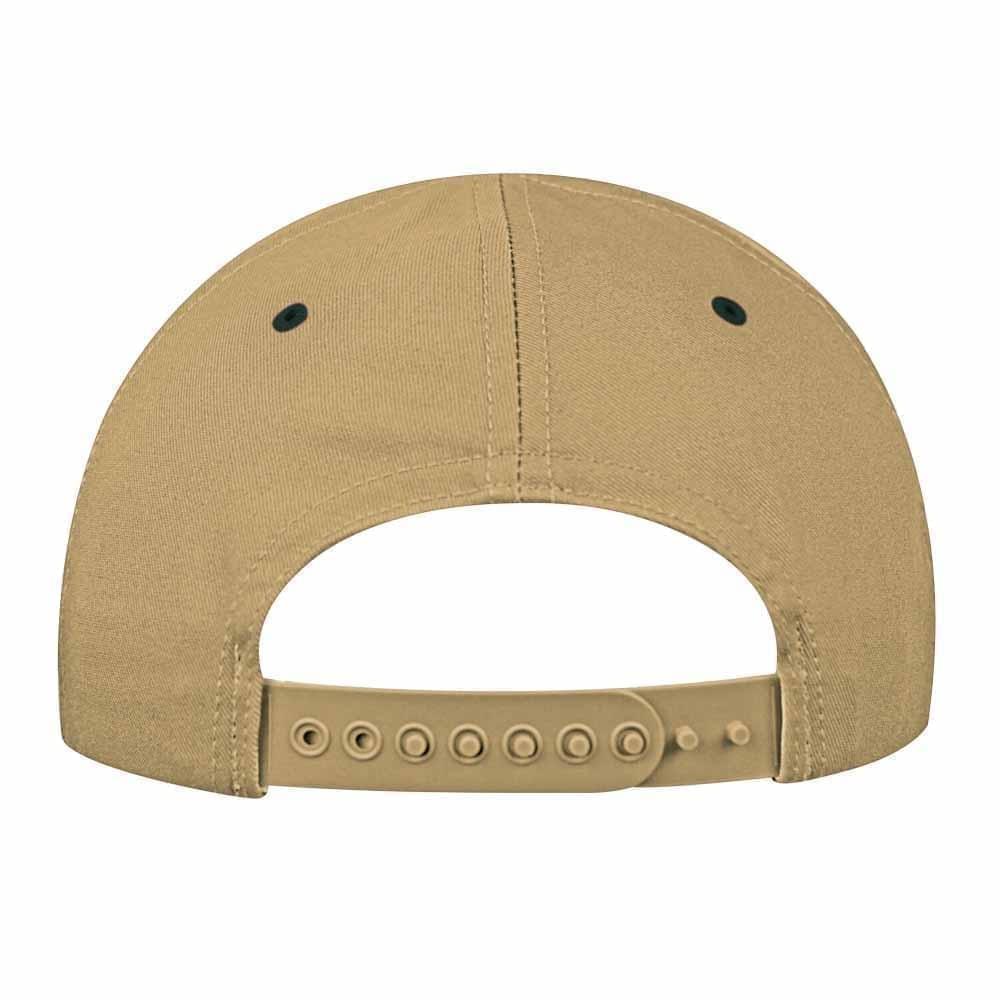 Snapback Hats
Snapback Hats
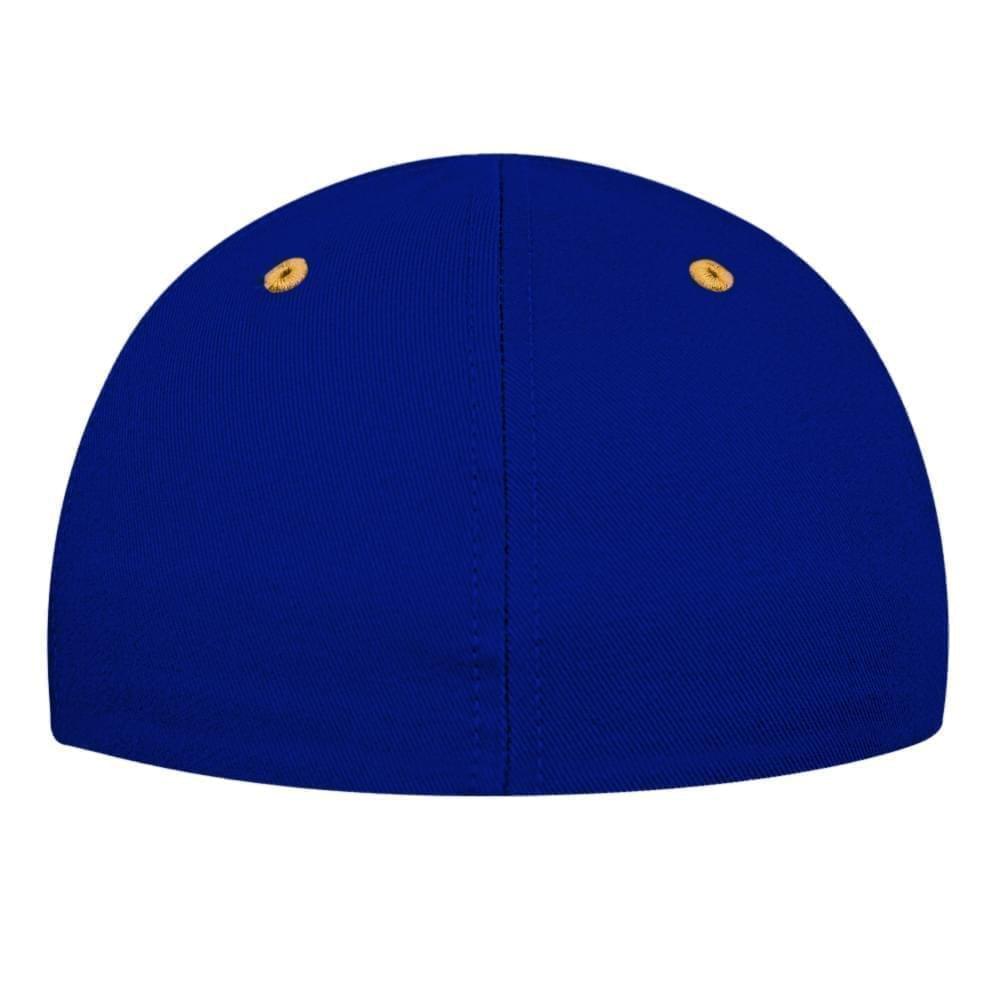 Stretchfit Hats
Stretchfit Hats
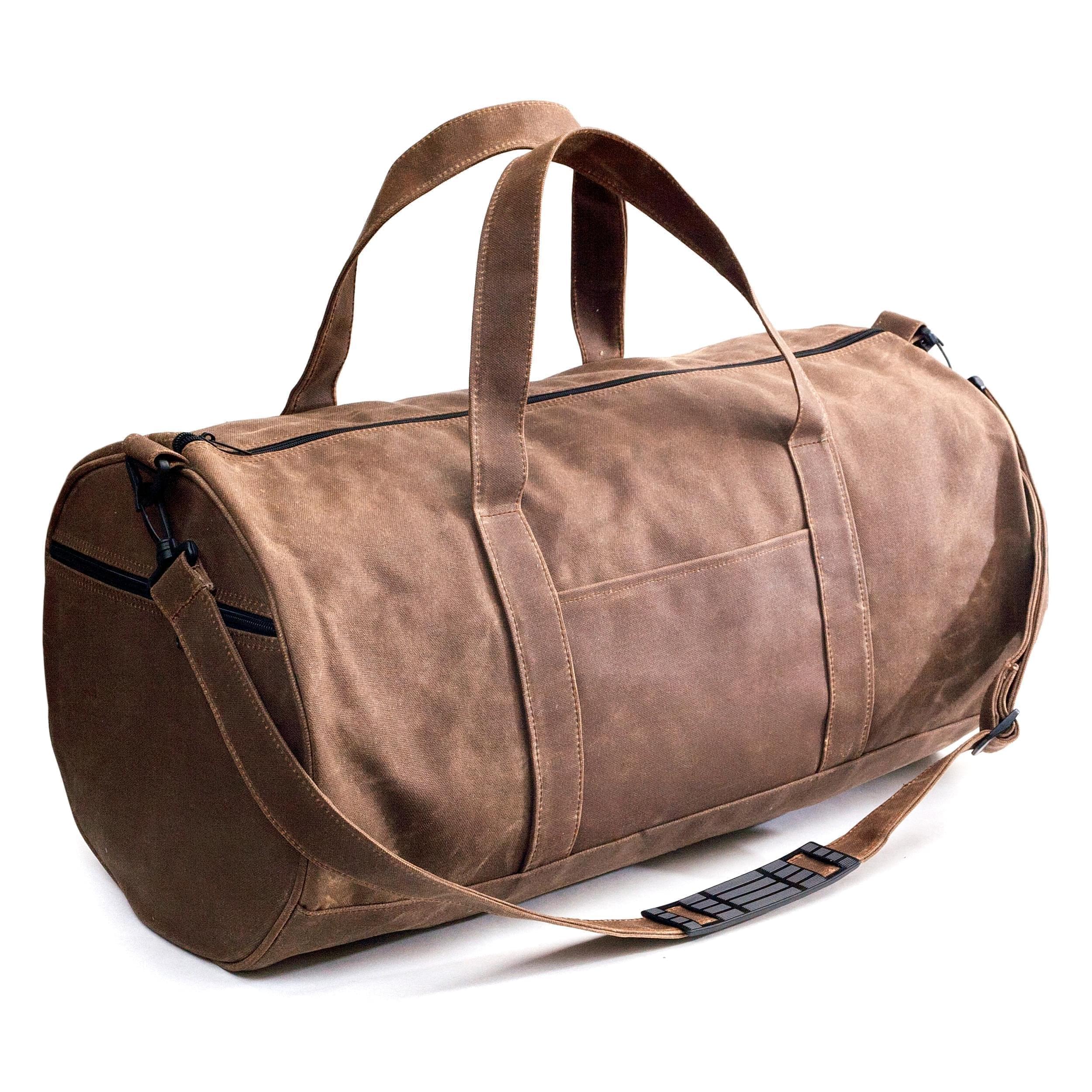 Duffel Bags
Duffel Bags
 Backpacks
Backpacks
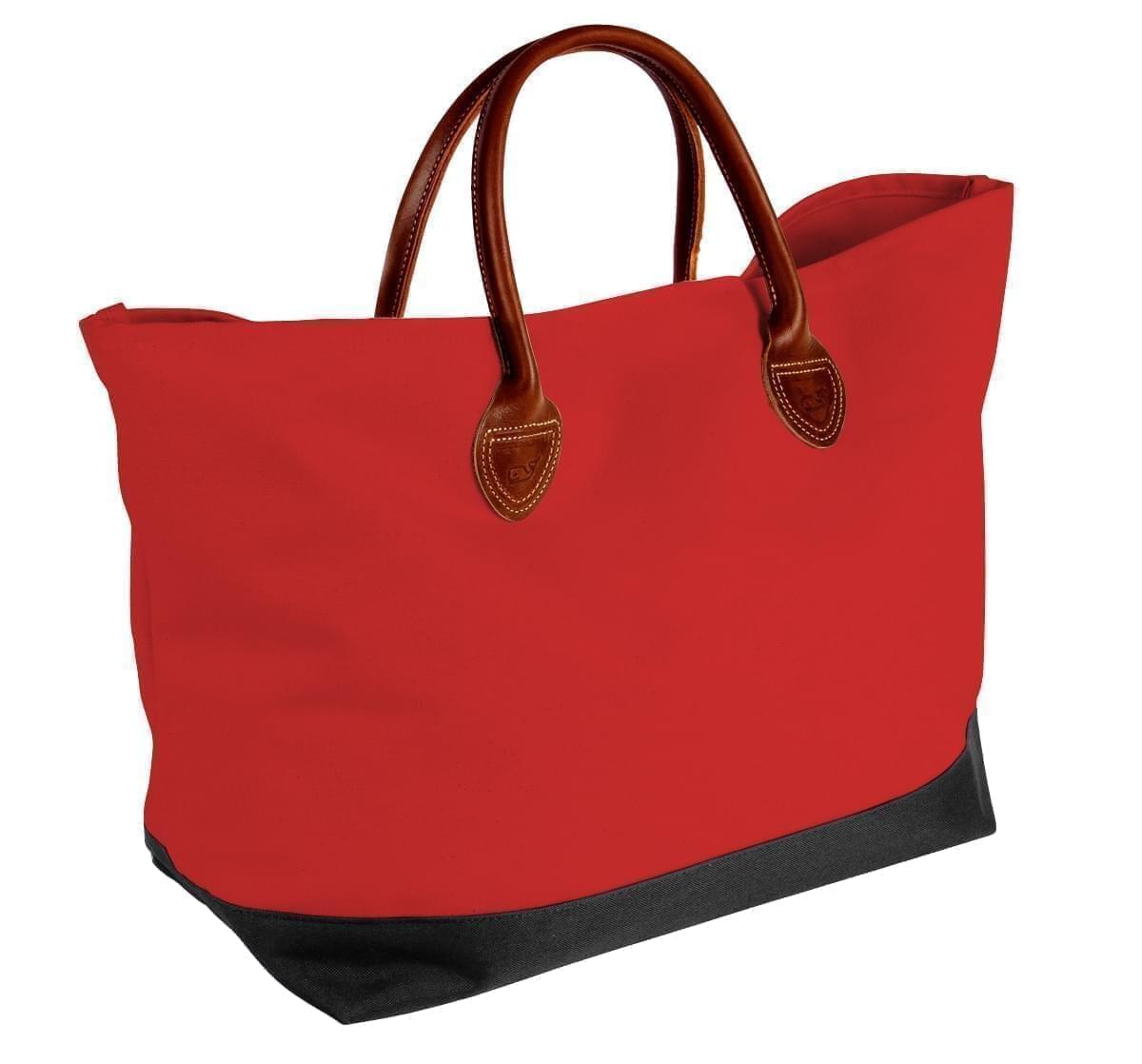 Tote Bags
Tote Bags
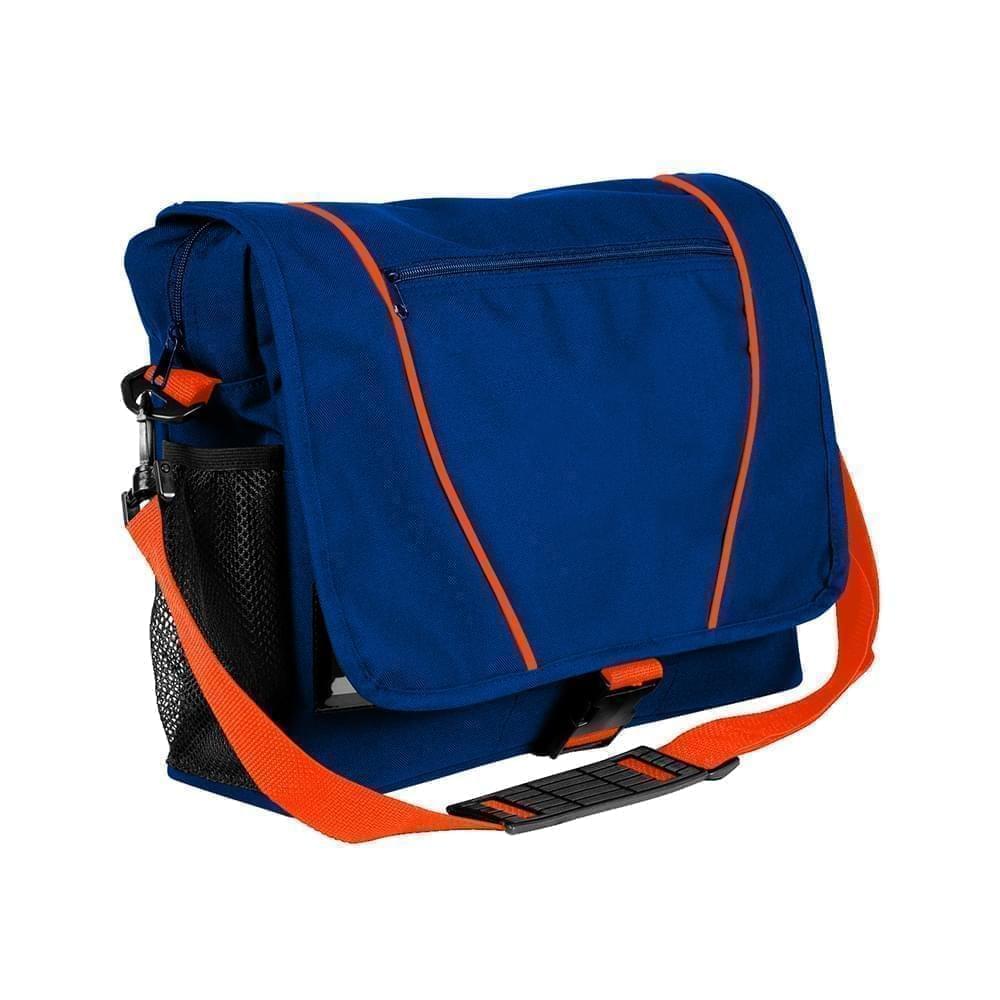 Computer Bags
Computer Bags
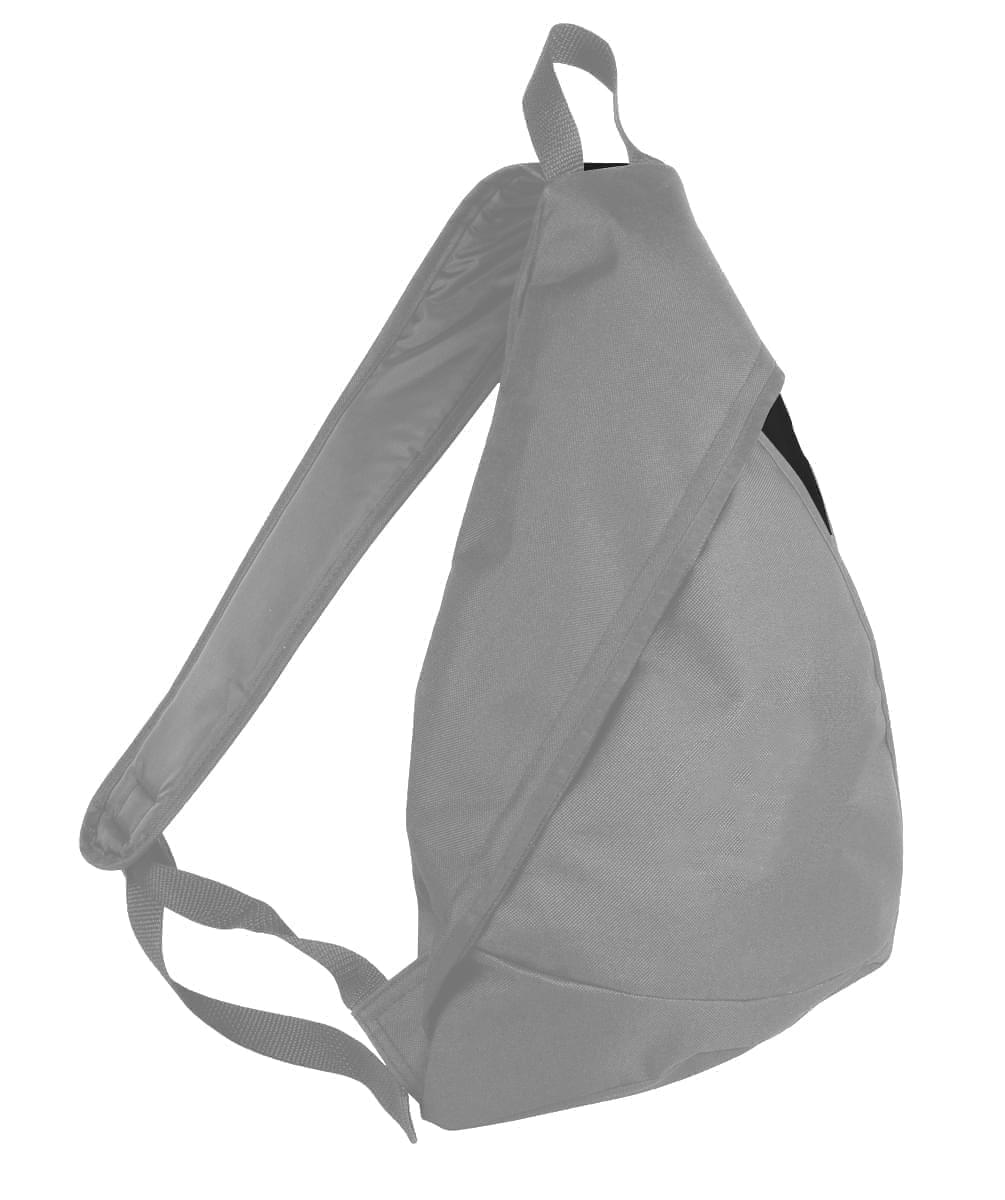 Sling Messenger Bags
Sling Messenger Bags
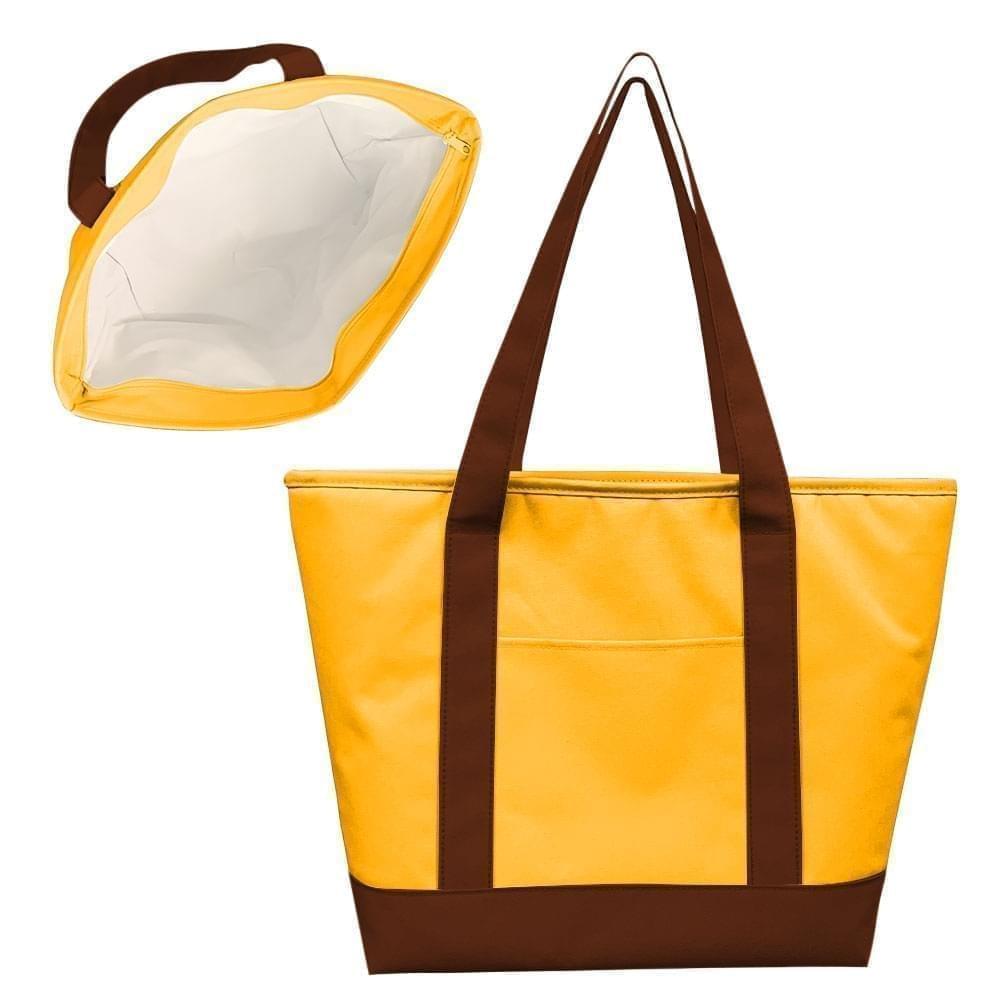 Cooler Bags
Cooler Bags
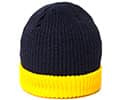 Cuff Hats
Cuff Hats
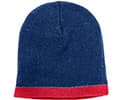 Beanies
Beanies
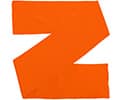 Scarves
Scarves
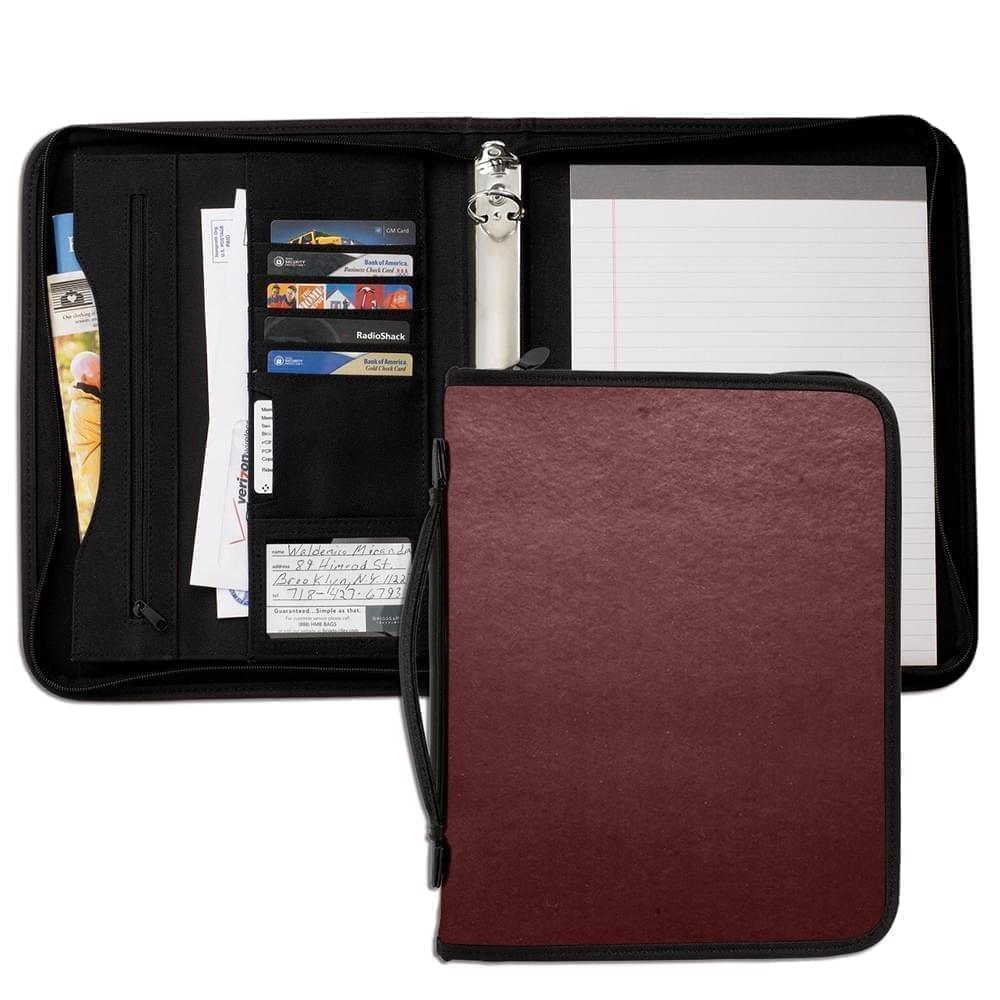 Zipper Folders
Zipper Folders
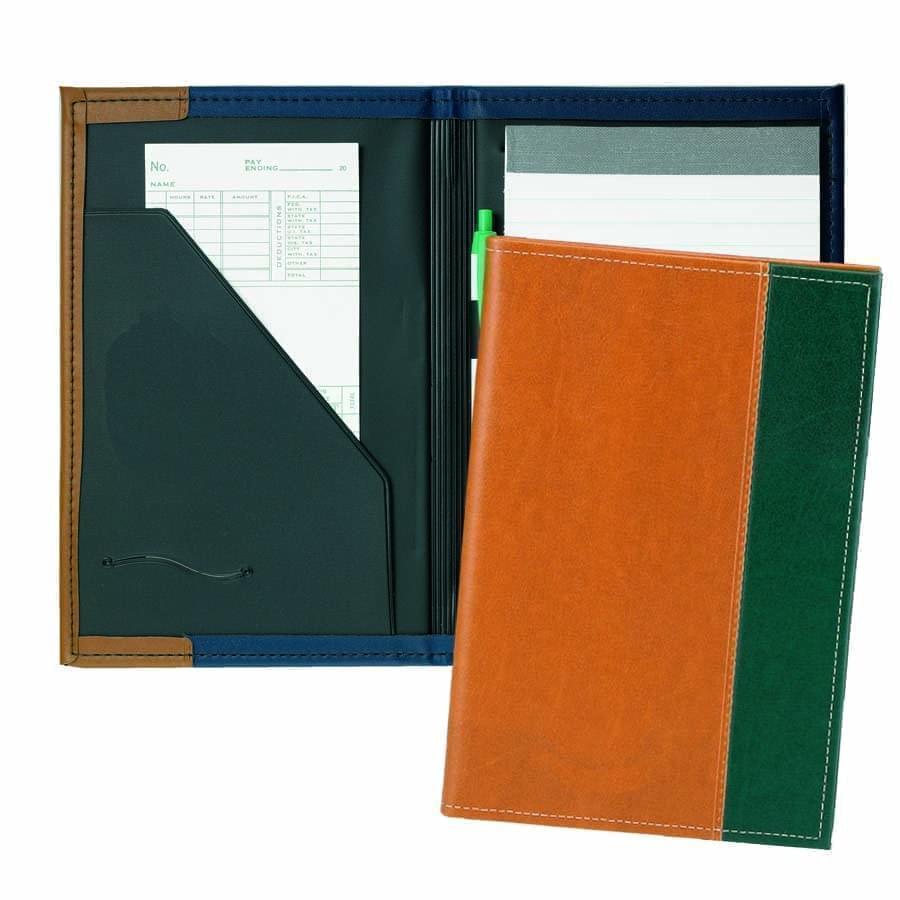 Stitched Folders
Stitched Folders
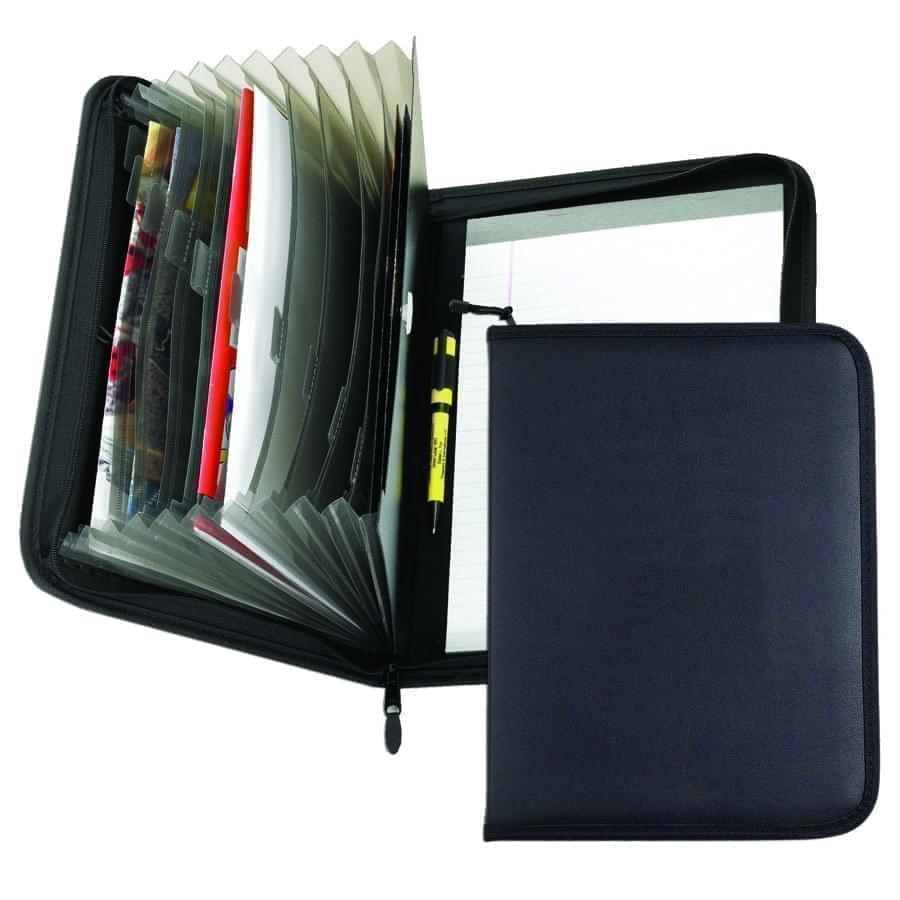 Accordion Folders
Accordion Folders
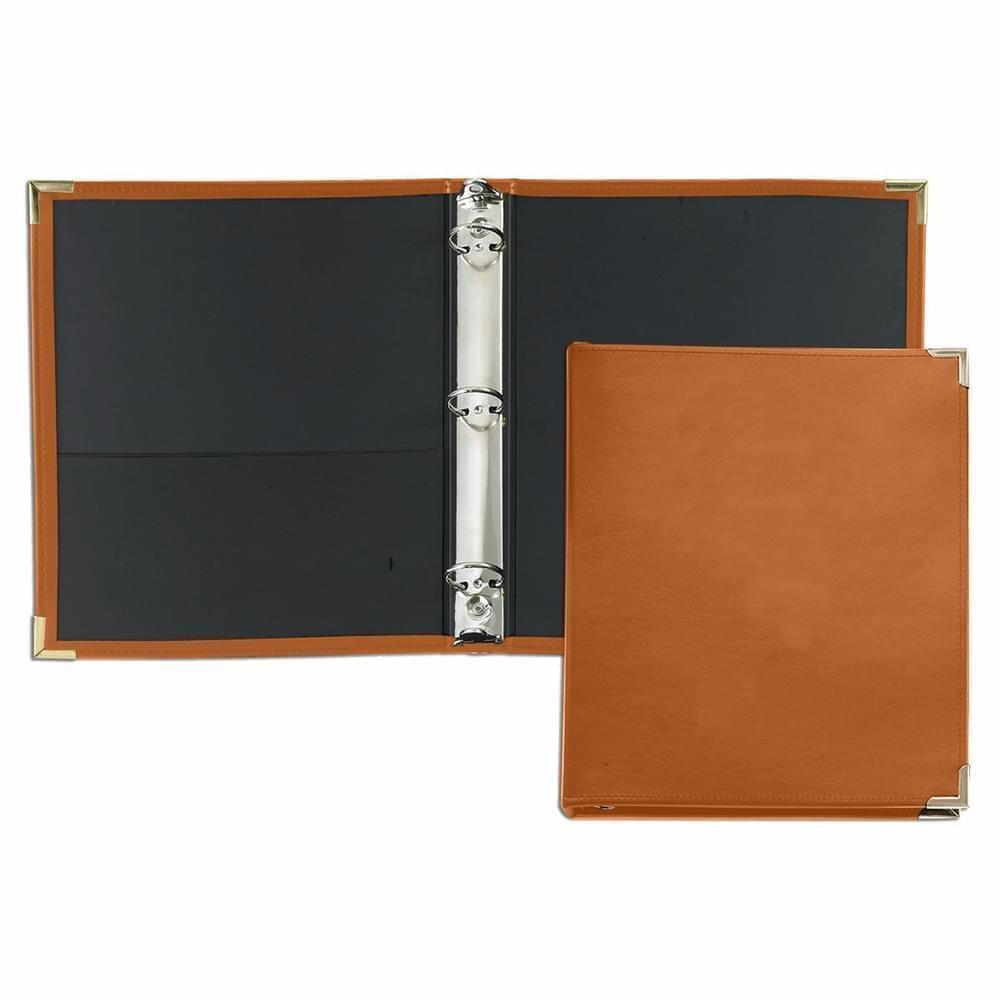 Ring Binders
Ring Binders
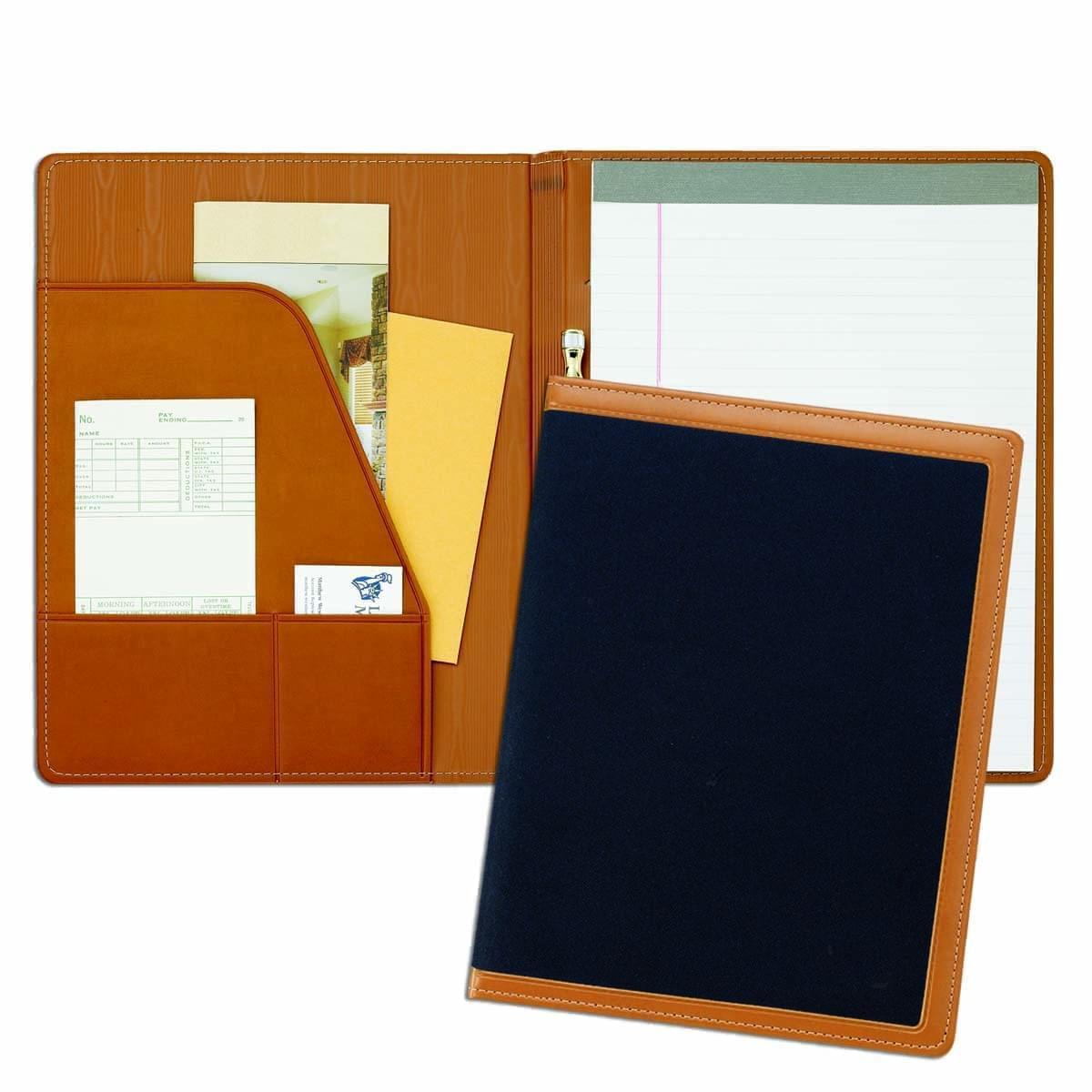 Letter Folders
Letter Folders
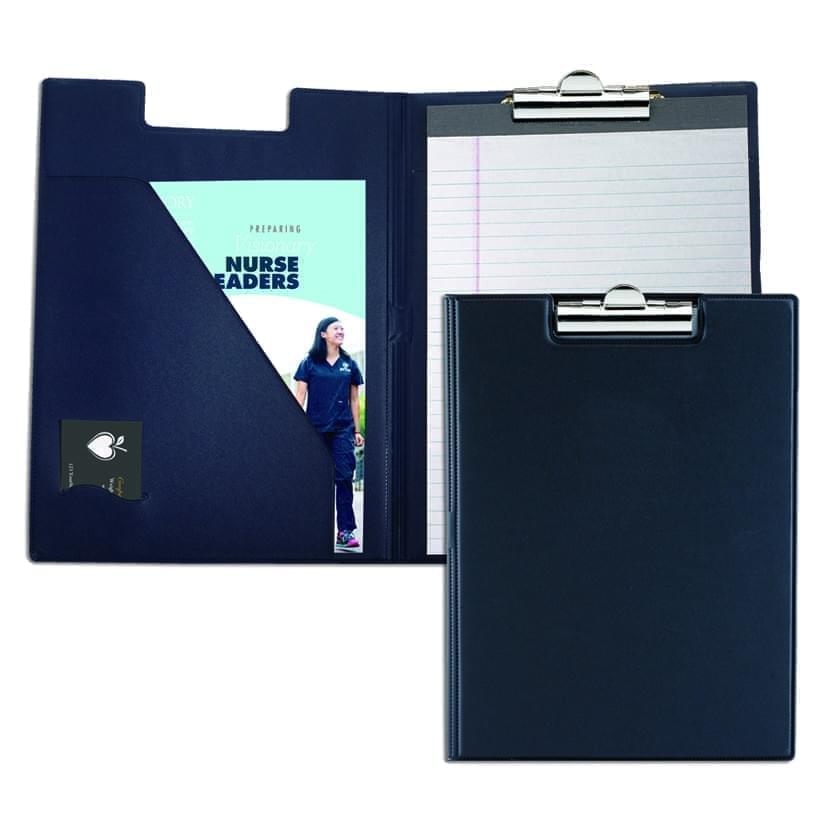 Clipboards
Clipboards
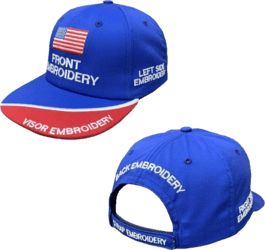
 Union Made In USA
Union Made In USA






